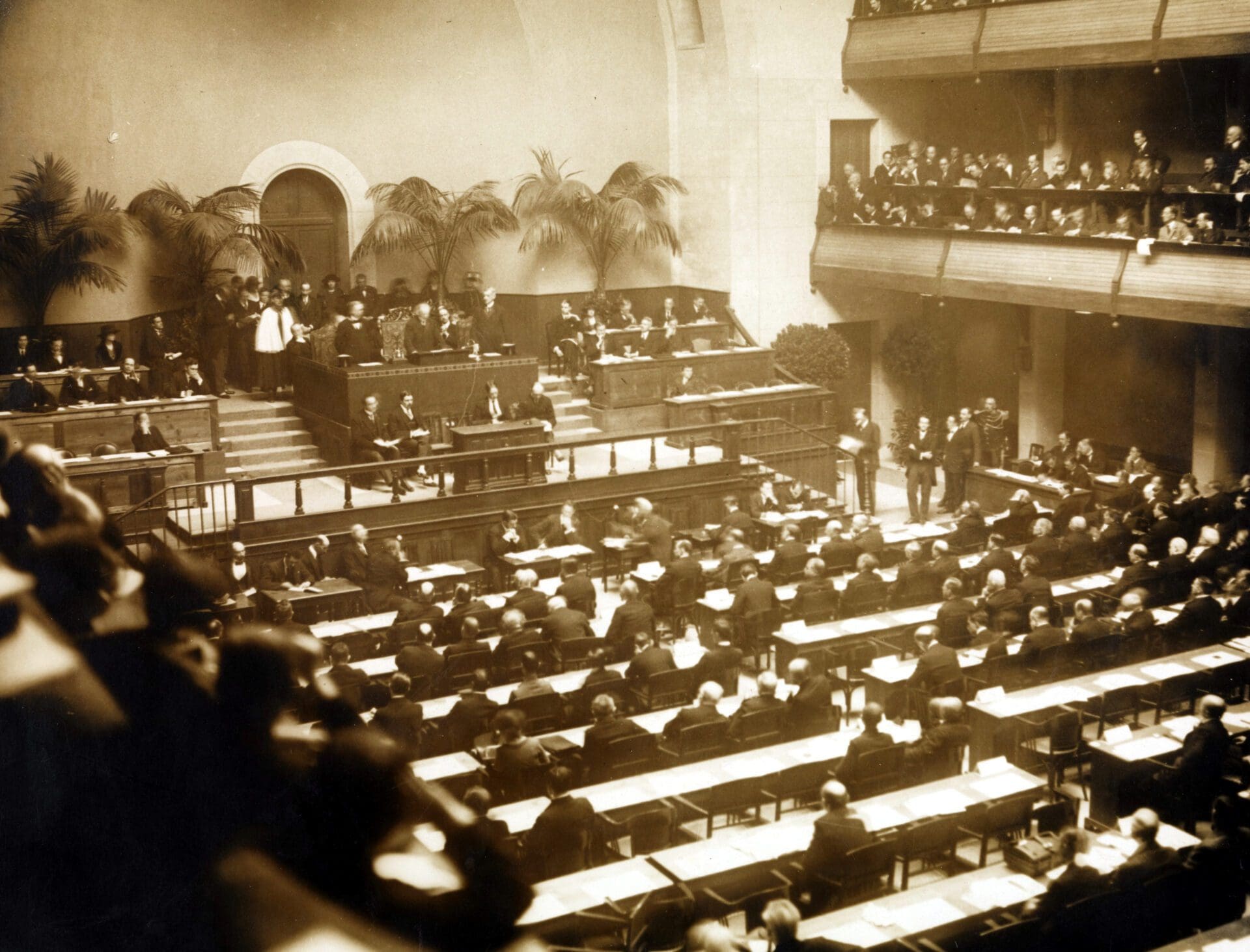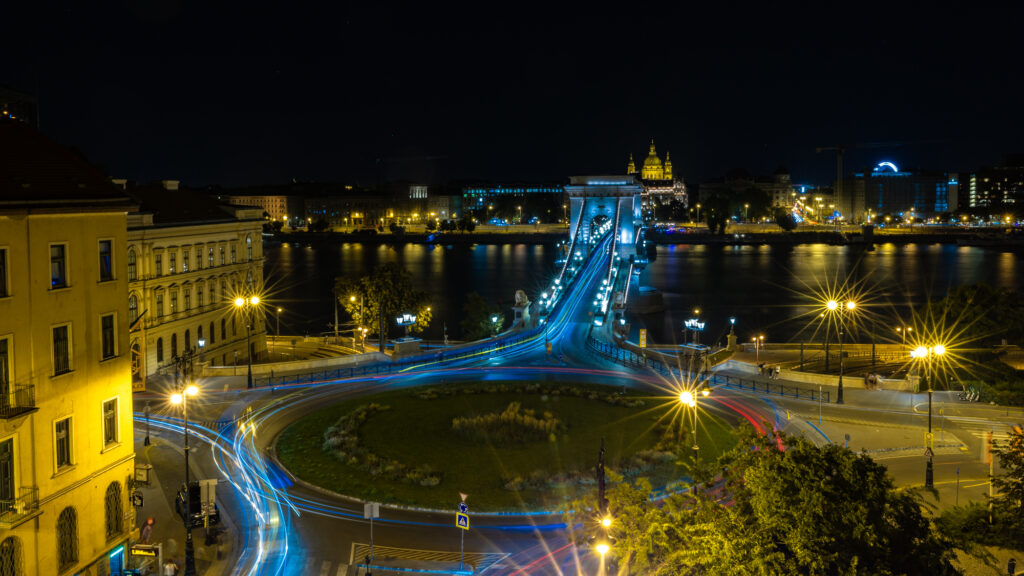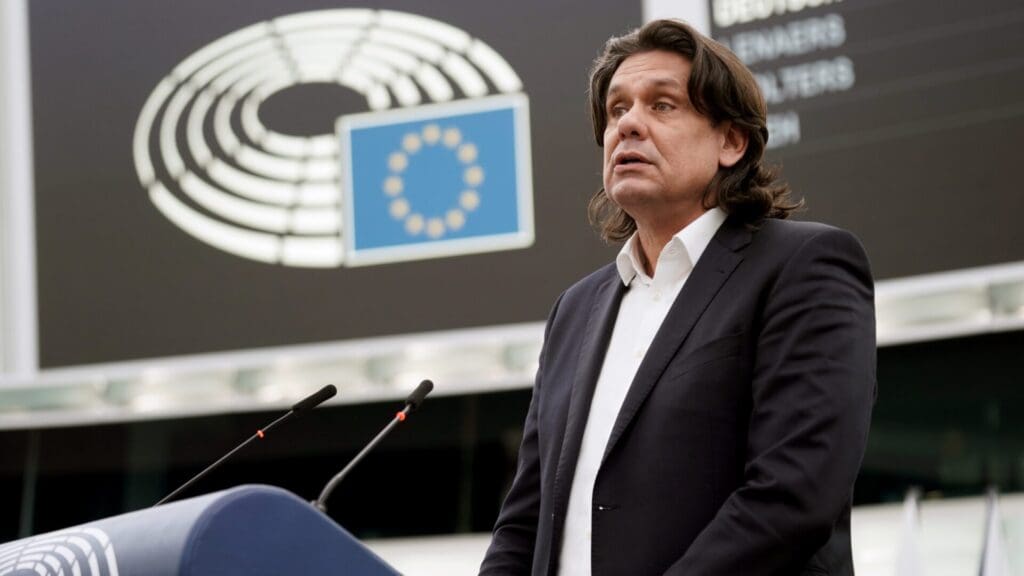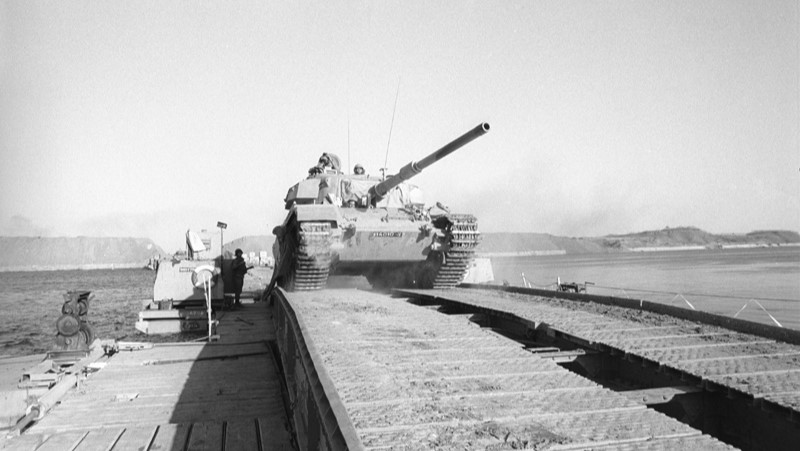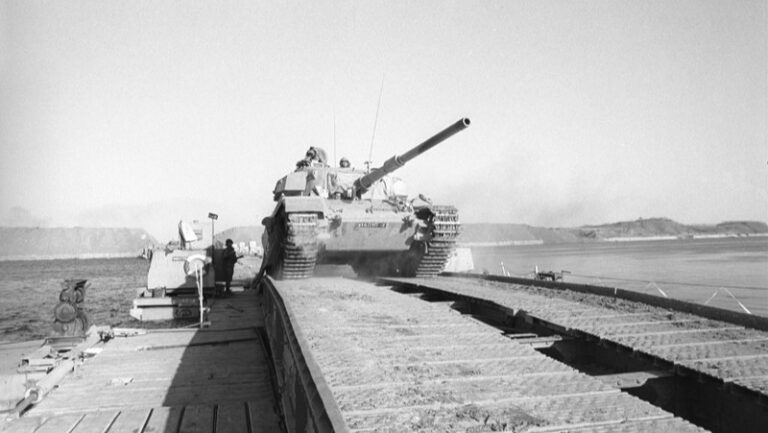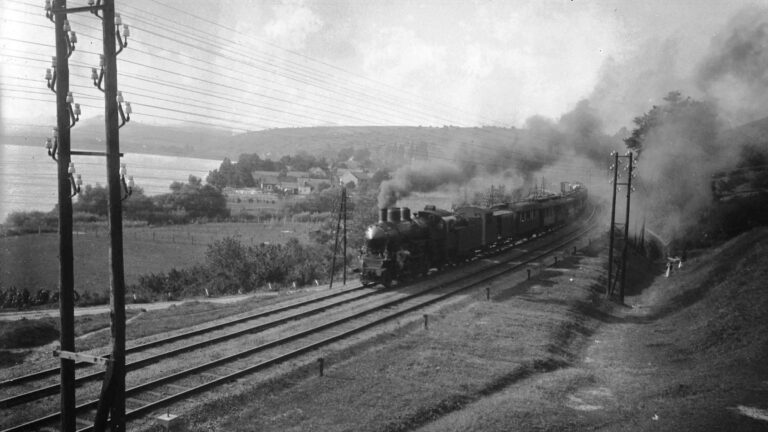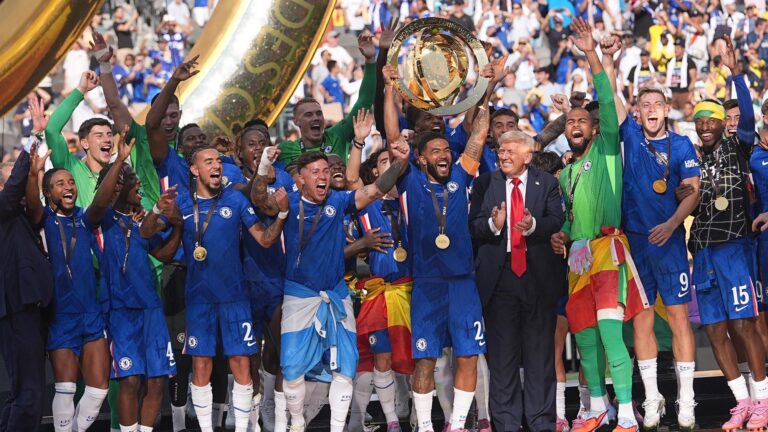One hundred years ago, on 22 August 1922, Hungary applied for admission to the League of Nations, the predecessor of the UN. The Entente Powers created the League of Nations at the Paris Peace Conference, which was then established on 28 June 1919, with the signatures of 44 founding states, with only four permanent members (the United Kingdom, France, Italy and Japan). Germany became a member of the council only in the autumn of 1926, then left it in the autumn of 1933 under the leadership of Adolf Hitler. The headquarters of the organization was in Geneva, in the Wilson Palace, now the headquarters of the UN High Commissioner for Human Rights.
Hungary at the time was seeking international acceptance, and asked to be admitted to the League of Nations. However, accession was hindered for a long time by the unclear status of Western Hungary, and by the Habsburg question, which was still unresolved.
Western Hungary was awarded to Austria by the Trianon peace treaty. 101 years ago, on 28 August 1921, an insurgency broke out to prevent the occupation of Sopron by Austrian gendarmerie. The paramilitary forces, consisting chiefly of former soldiers, and secretly supported by the Hungarian government, were led by Iván Héjjas, Mihály Francia-Kiss and Gyula Ostenburg-Moravek. The fighting went on for one and a half months and the Austrian forces were in fact pushed out of Burgenland and Western Hungary. As Hungarians will know from history textbooks, after the so-called Venice Conference of 14–16 December 1921, referendums were held in Sopron and in several surrounding settlements regarding their allegiance. Sopron overwhelmingly voted to remain in Hungary, while five of the eight villages concerned chose to be part of Austria.
The Habsburg question was something that divided the political elite of Hungary. Although in retrospect it is fashionable to treat the Horthy system as a kind of monolithic whole after the election of the Miklós Horthy as governor, the country was actually characterized by serious internal tension a hundred and one years ago. There were essentially two camps: the legitimists (who believed that the Habsburg claim to the Hungarian throne was legitimate) and the free king electors (who believed that Hungarians were free to decided whom to elect their ruler if they so wished). The main argument of the legitimists was that on 13 November 1918, in the Eckartsau declaration, King Charles IV merely suspended the exercise of his royal rights, but did not formally abdicate, i.e. his claim to the throne was still legitimate.[1]
The National Assembly elected in 1920 reinstated the monarchy as the country’s form of government, and declared all the measures of the October Revolution of 1918 null and void. As to the king’s person, Law No. 1 of the year 1920 only declared that ‘the exercise of royal power has ceased’, but it did not disambiguate the situation. Aware of this, Charles IV attempted to return to the throne twice in 1921— first, he tried to win over Horthy in Budapest with nice words, but the second time he returned with armed forces (his troops were led by Ostenburg-Moravek, one of the key figures in the Western Hungarian uprising). Although historical literature unanimously believes that it was primarily the unsettled status of Western Hungary and the royal question that kept Hungary outside the League of Nations until September 1922, British archival documents at least question this assumption.[2]
In the summer of 1922, after the death of Charles IV, Aretas Akers-Douglas, the British ambassador in Vienna, wrote an analysis of Hungary’s situation with regard to the League of Nations in relation to the royal question. He believed that it was questionable whether Hungary was under an ‘international obligation’ in the sense used by the League of Nations ‘not to have a Habsburg ruler.’ Although the Entente had warned Hungary not to allow a Habsburg to ascend the throne, should Hungary decide to disregard the warning after becoming a members of the League of Nations, ‘it would be difficult to say what step we would take’. As the ambassador pointed out, the neighbouring successor states could not invade Hungary, since it was also a member of the League of Nations, and calling a Habsburg king to the throne was not a declaration of war. On the contrary: the League of Nations could also determine that the successor states would be the aggressors in case of a conflict.[3]
In the meantime, Hungary’s relationship with the Entente was settled. ‘Hungary (…) became the beloved child of the Entente,’ historian Ignác Romsics quotes the contemporary Austrian ambassador to Hungary.4] Thomas Beumont Hohler, the British ambassador, later wrote about Horthy in superlative terms for his behaviour towards Charles IV. While Beaumont Hohler essentially omitted the parts related to Hungary from his memoirs, in a newspaper article he recalled his five years in Budapest, and described Horthy as someone with ‘strong character and complete reliability’, who avoided an ‘irreparable disaster’.[5] It is worth contrasting his words with the criticism levied against the Regent by his pro-Habsburg opponents, according to whom Horthy was essentially a traitor.
Of course, the Little Entente was not so forgiving: on 8 September 1922, this alliance of Hungary’s neighbouring hostile states asked the League of Nations in a letter to record what obligations Hungary undertook before the Council of Ambassadors—clearly in order to hold Hungary accountable later. To fend off the attacks, Foreign Minister Miklós Bánffy immediately travelled to Geneva, where he was informed that a special committee would discuss Hungary’s application for accession later that month, historian László Gulyás recalled in his 2019 article in Trianoni Szemle.[6] In the end, what the committee looked into was whether Hungary had complied with the restrictions concerning its military prescribed in the Trianon Peace Treaty.
Bánffy’s speech quickly convinced most members of the committee. For instance, the British delegate expressed complete satisfaction with the position of the Hungarian foreign minister. As opposed to that, the Czechoslovak envoy attacked Hungary on several points, for example in relation to the antisemitic numerus clausus law. In the end, all this did not prevent Hungary from joining the League of Nations, which ultimately succeeded in transferring Hungary from the shameful spot of a ‘warmonger’ to the ranks of ‘recognised’ nations.
[1] László Bernát Veszprémy, 1921. A Horthy-rendszer megszilárdulásának története, Budapest, Jaffa, 2021. 175-176.
[2] Veszprémy, ’1921’, 176.
[3] National Archives (Kew), FO 371/7636.
[4] Ignác Romsics, Bethlen István. Politikai életrajz, Budapest, Osiris, 1999, 200.
[5] The Hungarian Quarterly, 1939/1, 22.
[6] László Gulyás, ’Csonka-Magyarország kitörése a kisantant-gyűrűből: belépés a Népszövetségbe’, Trianoni Szemle, 2019. január-június, 86-87.

